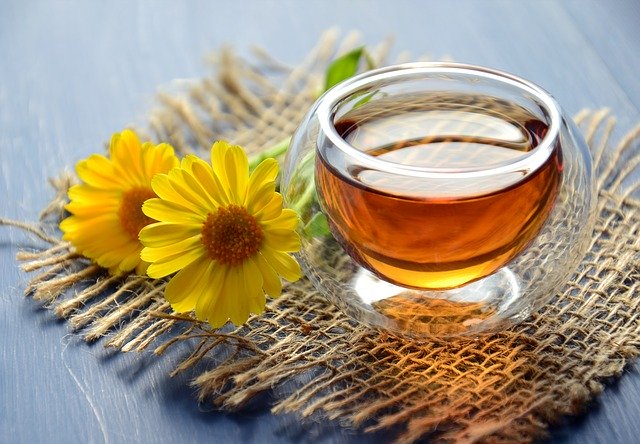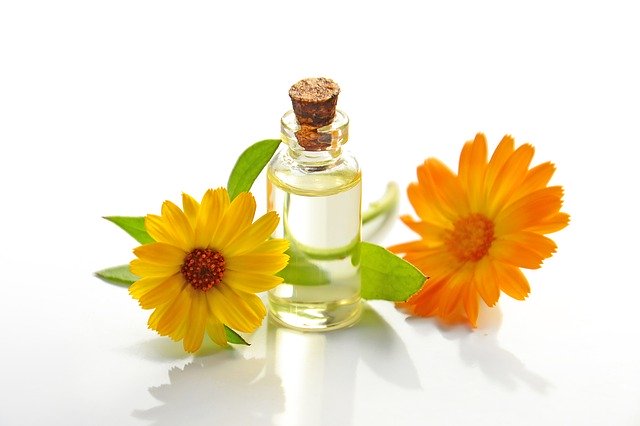Medicinal plants in the therapeutic garden
Bienvenue à nouveau sur Plus de vert less béton ! Si c'est la 1ère fois que tu viens ici, sache que je mets à ta disposition un bonus entièrement gratuit qui t'explique "comment créer un jardin thérapeutique à moindre coût" clique ici pour télécharger le bonus gratuitement ! 🙂
Bienvenue à nouveau sur Plus de vert less béton ! Si c'est la 1ère fois que tu viens ici, sache que je mets à ta disposition un bonus entièrement gratuit qui t'explique "comment créer un jardin thérapeutique à moindre coût" clique ici pour télécharger le bonus ! 🙂
Medicinals plants are among the plants that are very often found in therapeutic gardens. This is what comes first as a type of plant, in people’s minds when we approach the healing garden, with the risk for neophytes to unfortunately restrict it to that.
To come back to what I said at the beginning, therefore, medicinal plants are very often and logically unavoidable in the therapeutic garden. The garden enriched with these beautiful plants, it is however not always easy to know the possible uses of these plants or to make the distinction between the different modes of preparation.
Vast subject to which I would not fully answer today.
In this article, we will first try to identify the different methods of preparation. The use being a function of the properties of each plant, I will undoubtedly approach that during the articles to come.
Medicinal plant preparations
There are three types of preparation of medicinal plants. In all three cases the plants are solubilized in a liquid, usually water.
Infusion of medical plants

The infusion is THE preparation par excellence, use when you have a therapeutic garden. The infusion, more often called herbal tea by the beneficiaries of the garden, is generally integrated in what is called rituals, during horticultural therapy sessions. More simply, everyone likes to meet in the garden, where they can remember the garden, around a steaming and fragrant cup, alone or in good company.
How to make an herbal infusion?
- Bring water to a gentle boil.
- Stop the heat source as soon as the first small bubbles appear on the surface of the water.
- Pour the water into the container where your plants are.
- Wait about 10 minutes for the plants to infuse.
- Filter or simply remove the plants from the water (caution hot!)
- Drink
- Sweeten with organic honey if not contraindicated.
must be drunk from the... 24 hours maximum!
In the therapeutic garden
In the garden it is not always easy to have enough to heat a kettle because the initial design did not include a socket for this purpose.
In this case, the horticulturalist can take a thermos flask pre-filled with simmering water, taking care to leave a little space.
When he arrives for the garden session, a short tour of the premises with the beneficiaries will allow a positive start to this time in the garden. We harvest, smell, assert our preferences. This will motivate some of them to stay until the end, for a collective and joyful tasting at the end of the session.
Decoction of medicinal plants
The decoction is much less used in the therapeutic garden. Stronger in taste and more concentrated in active principle, its use remains limited by fear of iatrogenic risks, by the « horti-therapist animators ».
Without a prescription or specific instructions from the doctor following the person in question, it is strongly recommended to leave it for personal use, if desired, especially if it is an oral administration.
The use of the decoction, is most often made in the therapeutic garden, as a cataplasm to provide relief. As with hops for example, to relieve and calm small irritations, skin redness or to facilitate the healing of small wounds.

How to make a plant decoction?
- Put the plants in the container with COLD water! (or slightly simmering)
- Warm it up, together.
- Bring to a boil for a few minutes
- Allow to cool.
- Filter
In the therapeutic garden
Personally, I will not recommend this type of preparation during sessions at the therapeutic garden. Apart from the fact that it remains logistically complicated to set up quickly, the benefit is too high and not necessary in my opinion.
However, it is still interesting to know about the existence of this preparation, if you approach this topic of medicinal plants during the sessions in the garden.
Maceration of medicinal plants

Maceration, as its name indicates, is a preparation that requires a more or less long time of « soaking » in a solution. Less practical can be in the garden but quite possible. We will certainly work more on patience, than with an infusion!
As an indication: (because, little, see, not used in the therapeutic garden)
When the maceration is based on alcohol or vinegar, it is called tincture.
When the preparation is increased with a sugar syrup, it is called syrup.
The maceration in water or oil, are to be exploited during workshops depending, of course, on the audience.
How to make a plant maceration?
It all depends on the solute, the plant, the use.
For a solarized oil, for example, there are 21 days of maceration in sunlight.
For tinctures, one can go from three to six weeks of maceration by placing the whole in a dark place.
In all cases, a clear recipe is essential, as well as indications on the use and conservation.
In the therapeutic garden
Maceration can be envisaged in particular for the realization of products more « comfort », in the therapeutic garden. I am thinking in particular of Calendula oil (marigold). This oil is particularly appreciated by gardeners, whether they are amateurs or pros, to relieve and moisturize their working hands!
Unlike infusion, it requires more preparation, monitoring over time and a small extra budget for oily or vinegar macerates.
The floor is yours
Share in the comments, what are your favorite preparations, recipes, plants and why.
I’m curious to find out.
Original version in french
Access the original version here : « Plantes médicinales au jardin thérapeutique «






Un commentaire
Ping :